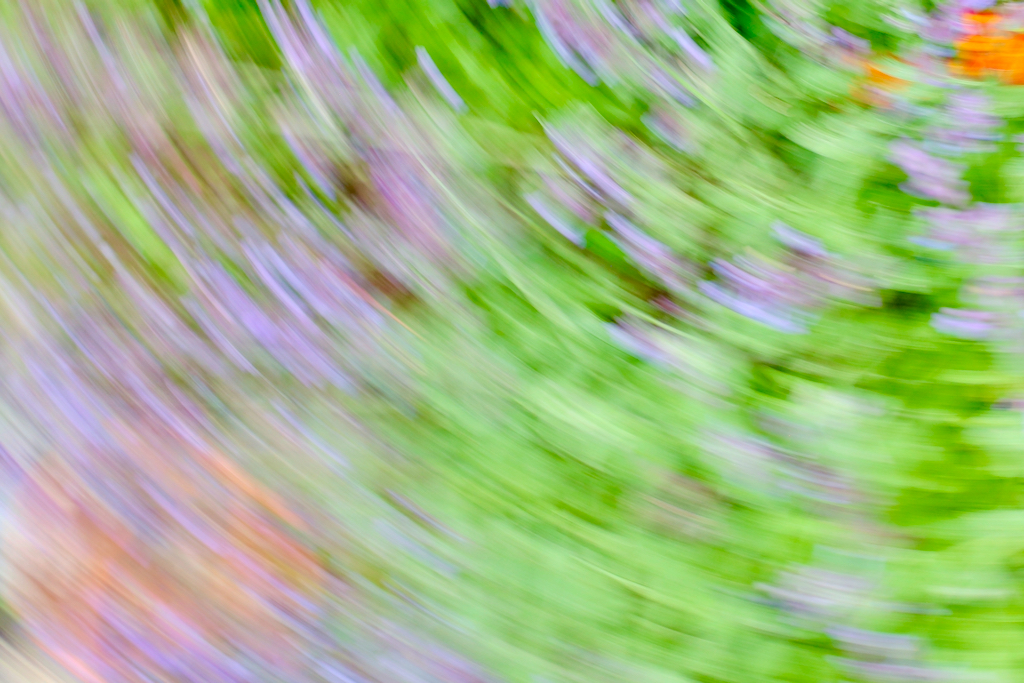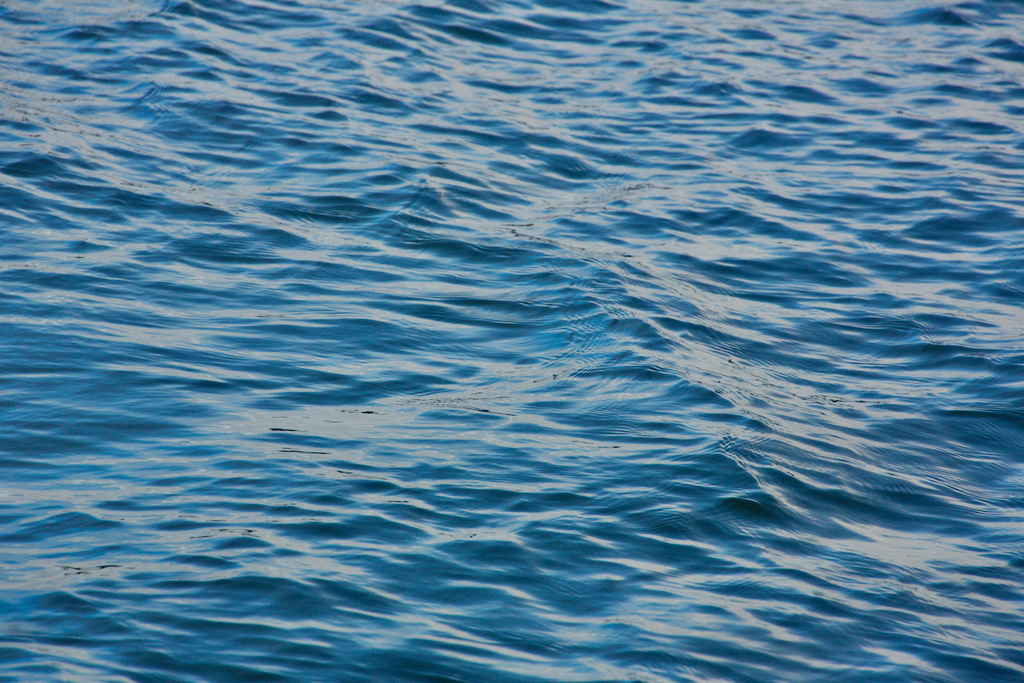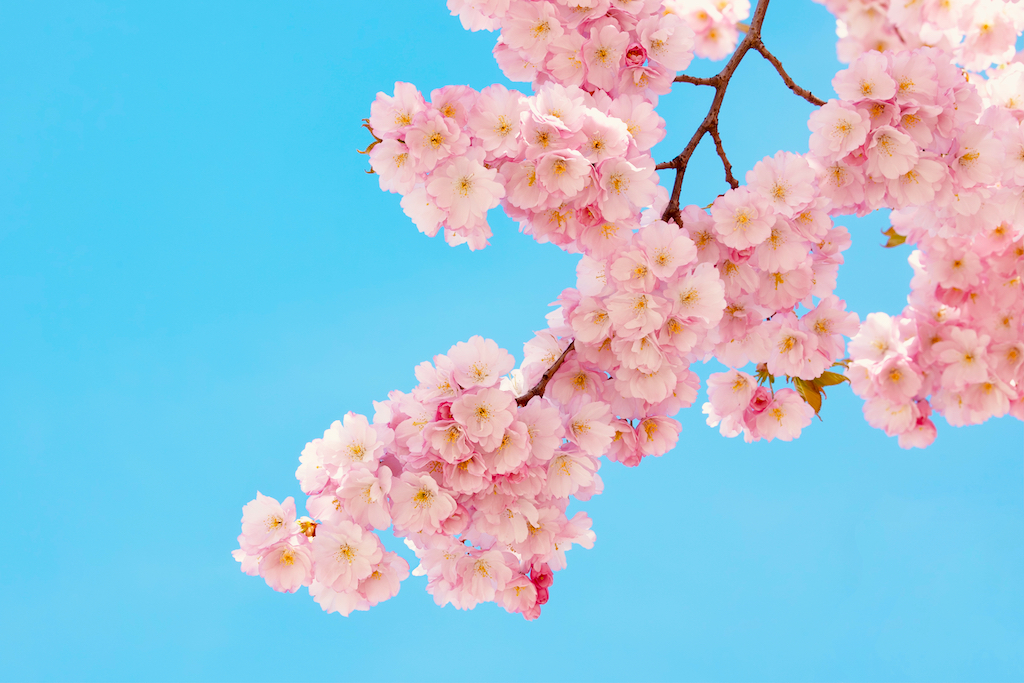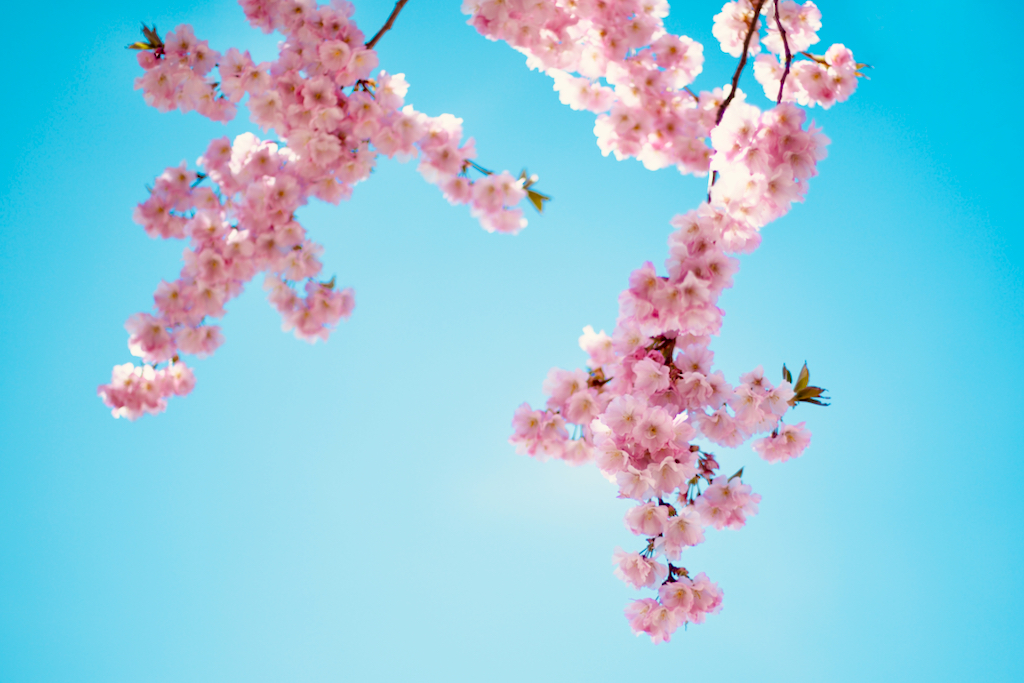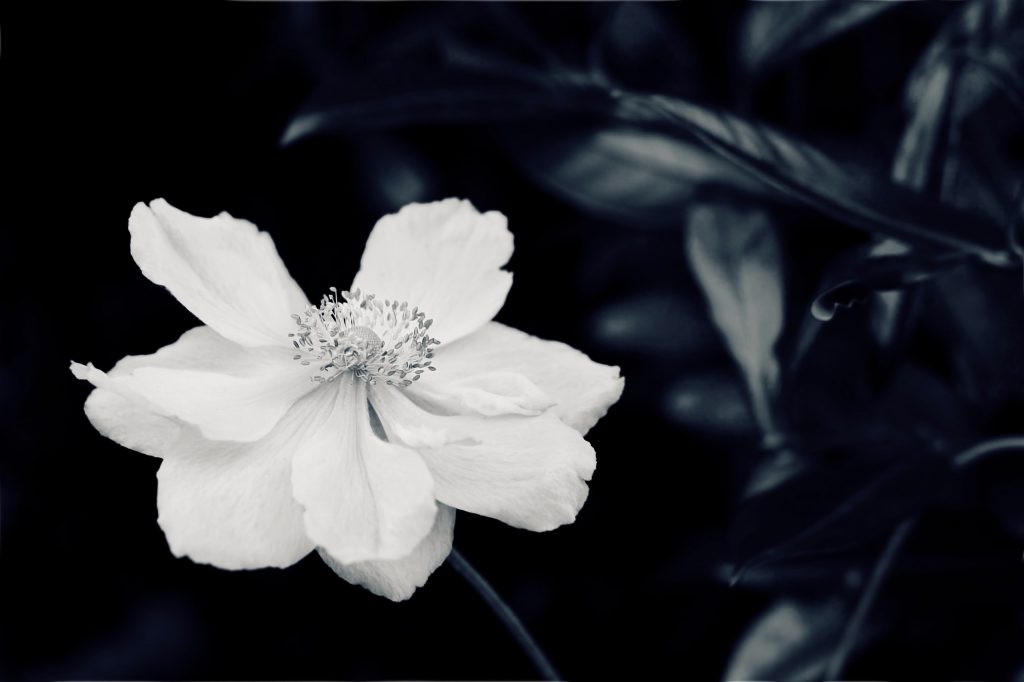
When words become unclear, I shall focus with photographs. When images become inadequate, I shall be content with silence.
Ansel Adams (1902-1984), American landscape photographer and environmentalist known for his black-and-white images of the American West.
To read more quotes, click here. To read more on photography, click here.
